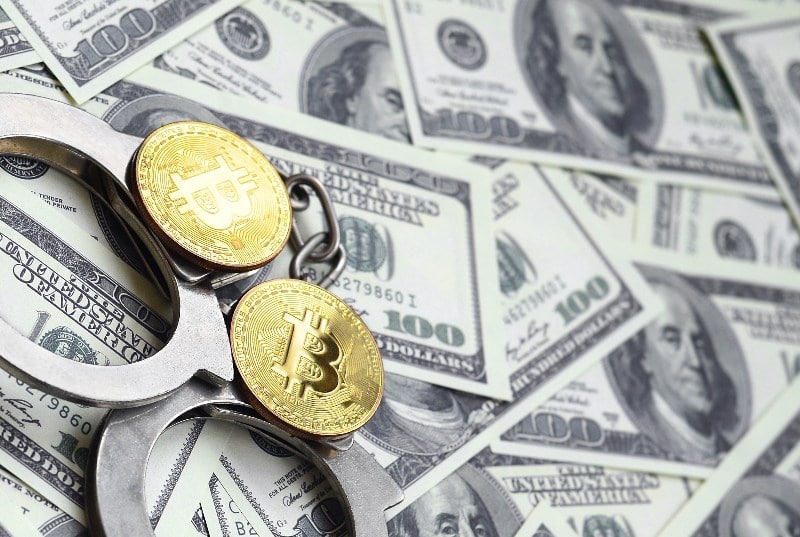94,636 Bitcoin were confiscated on Tuesday by the US Department of Justice (DOJ). These are the Bitcoin stolen in one of the biggest hacks in cryptocurrency history, the one at the Bitfinex exchange in 2016.
Summary
2 arrests for the hack at Bitfinex
This is, as stated by a DOJ spokesperson the “largest cryptocurrency seizure to date”.
In a lengthy post on its website, Bitfinex commented with satisfaction on this sensational operation involving it directly:
“We are pleased that the U.S. Department of Justice has today announced that it has recovered a significant portion of the bitcoin stolen during the August 2016 security breach. We have been cooperating extensively with the DOJ since its investigation began and will continue to do so”.
During the operation, which reaches the conclusion of months of investigation by FBI special agents, two people, Ilya Lichtenstein, 34, and his wife, Heather Morgan, 31, were also reportedly arrested on charges of aiding in the laundering of the $4 billion in Bitcoin taken from the exchange six years ago.
In total, 119,754 Bitcoin were reportedly stolen through a skillful hacking manoeuvre in 2016, with a value of about $70 million, while at current prices they would be worth more than $5 billion.
“Today’s arrests, and the Department’s largest financial seizure ever, show that cryptocurrency is not a safe haven for criminals”,
said in a note Deputy Attorney General Lisa Monaco, former Homeland Security Advisor under President Obama from 2013 to 2017.
“In a futile effort to maintain digital anonymity, the defendants laundered stolen funds through a labyrinth of cryptocurrency transactions”.
The path of the stolen Bitcoin from Bitfinex
In the 2016 Bitfinex hack, from what has been learned by investigative sources, the stolen Bitcoin would have been transferred in over 2,000 transactions to a crypto wallet controlled by one of the two arrested, Ilya Lichtenstein.
The funds that were not transferred and remained in the wallet would instead be the ones confiscated now by the Department of Justice, after a week ago they were recorded being transferred, with 23 different transactions, from a wallet linked to the 2016 theft to another unknown wallet.

According to the Department of Justice, the couple arrested in the operation would have used very sophisticated techniques to evade the controls of the authorities, such as using fictitious identities to create online accounts; using computer programs to automate transactions, allowing them to make many transactions in a short time and facilitating the laundering of the illegally stolen money.
“After the execution of court-authorized search warrants of online accounts controlled by Lichtenstein and Morgan, special agents obtained access to files within an online account controlled by Lichtenstein”,
the DOJ explained. These files allegedly held the private keys needed to access the digital wallet in which the 94,000 Bitcoin would be deposited, which were then seized by FBI agents.
FBI Deputy Director Paul M. Abbate commented on the operation with satisfaction, stating:
“Today’s case is a reminder that the FBI has the tools to follow the digital trail, wherever it may lead”.
What happens next?
Meanwhile, Bitfinex’s token, Unus Sed LEO, is up 48% thanks to the excellent news of the recovery of the stolen funds.
In doing so, the token has reached its all time high.
The reason for this record high is also to be found in the fact that 80% of the recovered funds, which will be returned to Bitfinex within 18 months, will be used by the team to buy LEO in the market and as a result the token could continue to rise.
These LEO tokens were created in the very aftermath of the 2016 hacker attack to reimburse those who lost their funds.




